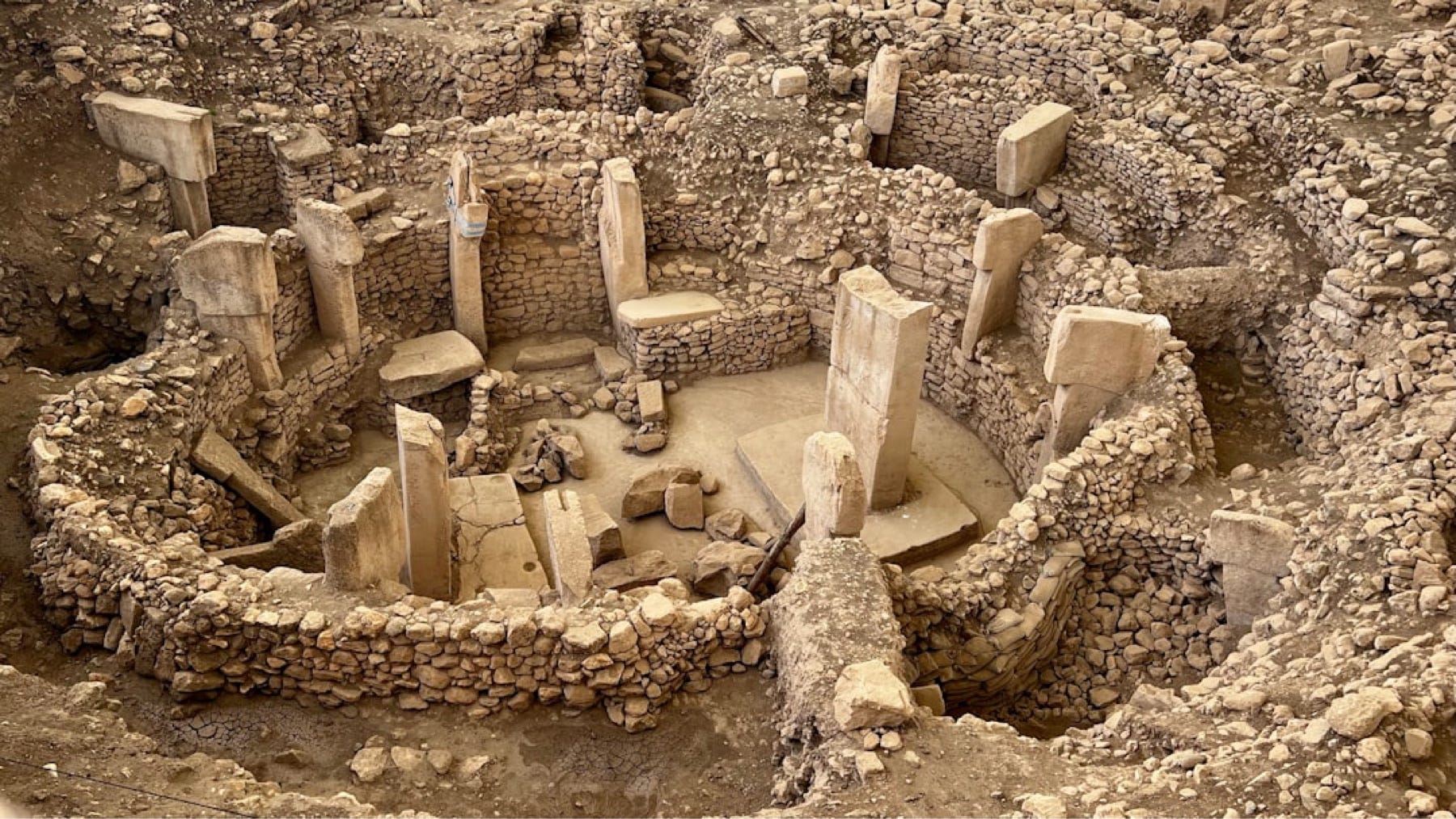Archaeologists in Turkey have documented a sanctuary that dates back roughly twenty seven centuries. The site includes a cave considered sacred in local memory and idols that point to mother goddess worship in the region. Finds like this are news not because they are old but because they tighten the timeline between local myths and the material world. When a sanctuary appears along an old route, you also get clues about who visited, what they traded and which ideas travelled with them.
/https://tf-cmsv2-smithsonianmag-media.s3.amazonaws.com/filer/e5/36/e536f6f2-8173-47fa-99bb-441b8b82c494/42-29760342.jpg)
Why the location matters. Western Turkey sits at a crossroads where Anatolian beliefs met Greek influence and later empires layered their own stories. A site with goddess imagery from this period suggests a continuous thread of reverence that predates later faiths. The cave points to a ritual landscape rather than a single temple box. That helps scholars map how communities used natural features as part of worship.

Expect the team to date the layers more precisely over the next few months, compare inscriptions with nearby finds and build a public narrative that protects the site from treasure hunters. For travellers, this will likely add a new stop to itineraries that already include the region’s thermal pools and ancient theatres. Visit with a licensed guide once the area opens and learn how the pieces fit together rather than treating the idols as curiosities.
Follow Travel Moves on Instagram and Facebook for accessible archaeology, route ideas around fresh digs and respectful travel tips for heritage sites.








